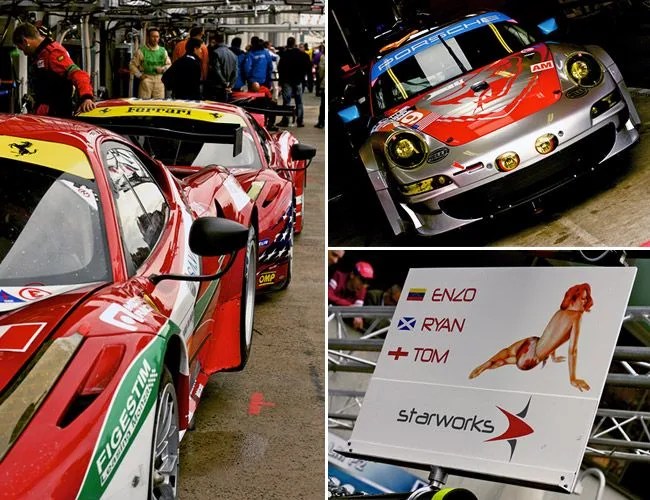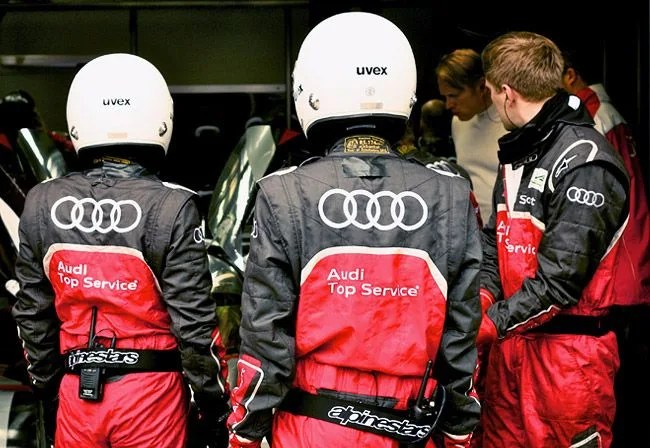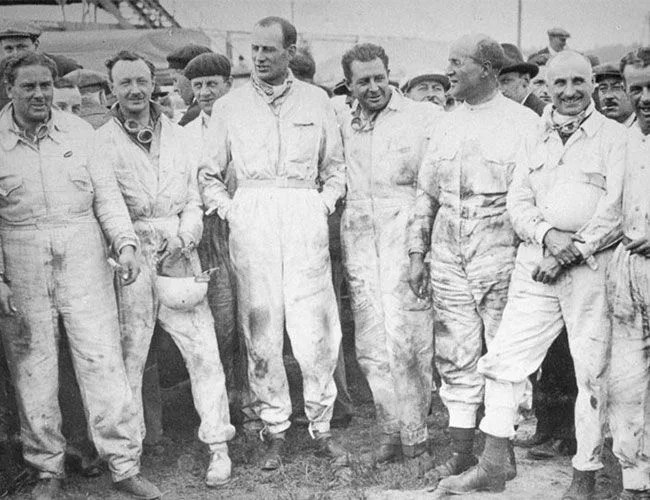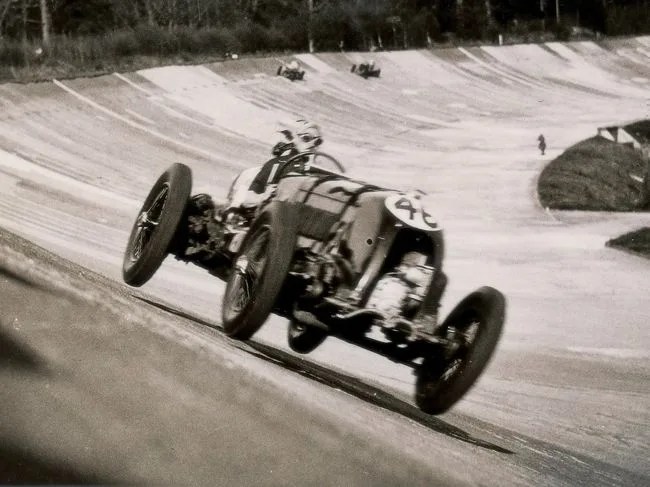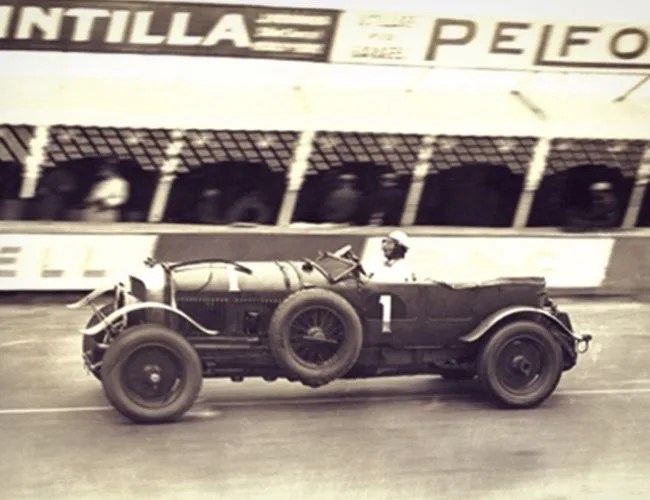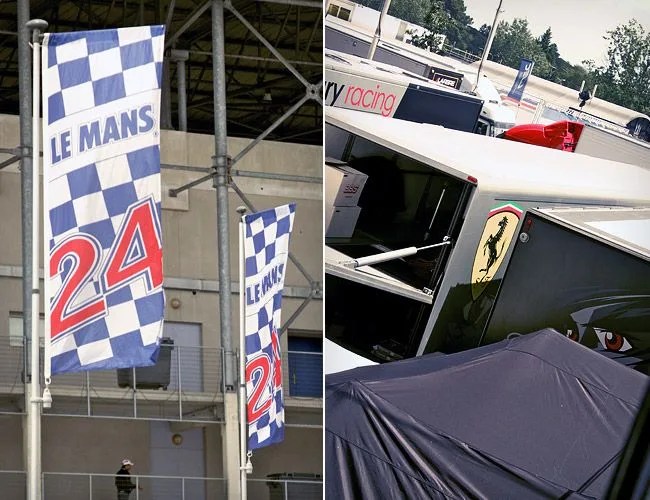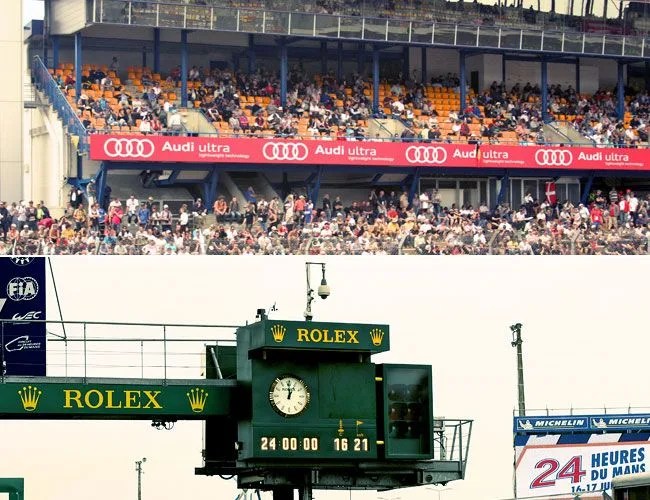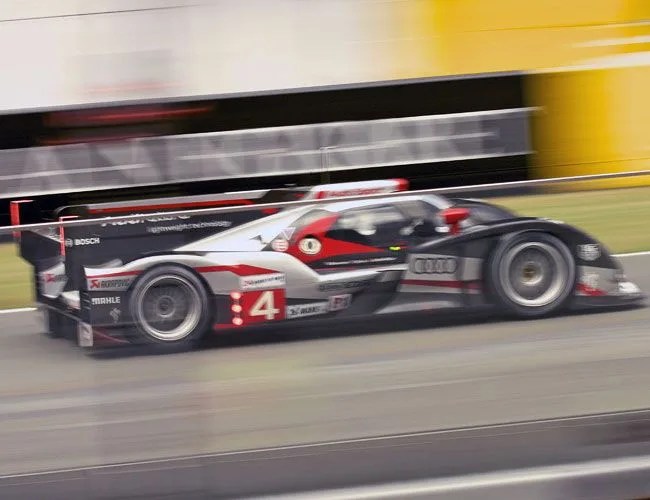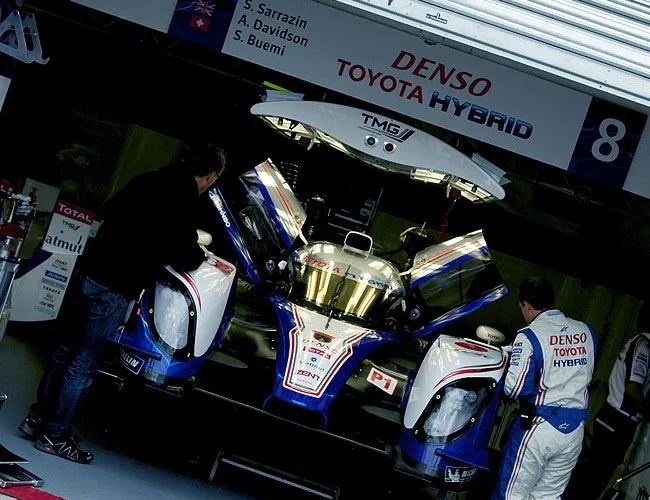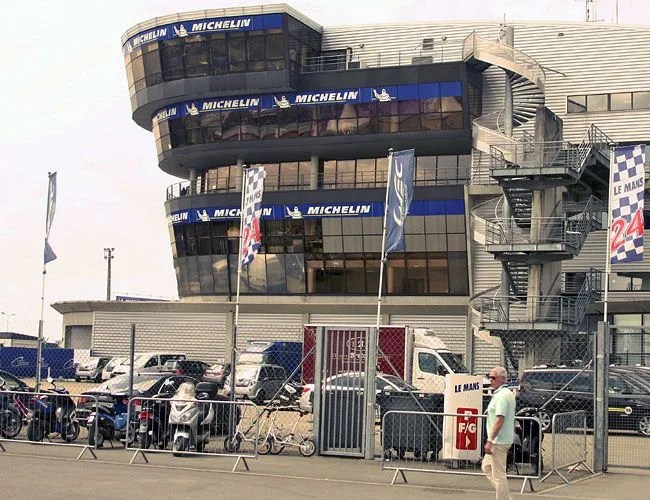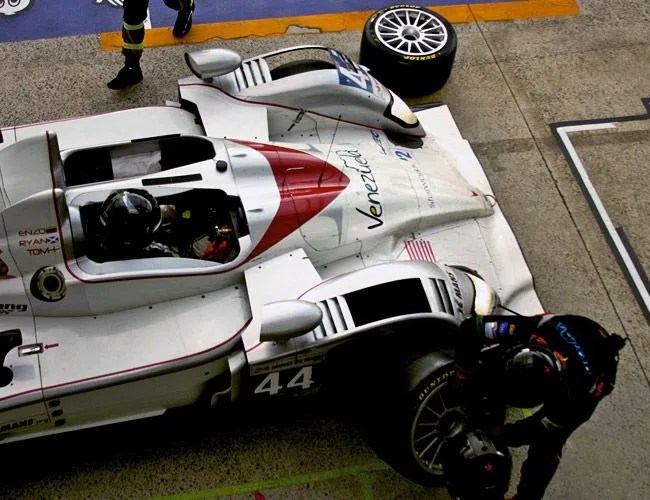 AK
AKAutomotive racing comes in nearly infinite forms today, but no challenge is more immersed in history than the 24 Hours of Le Mans. Described as the most grueling test of man and machine in the entire world of racing, the 24 Hours of Le Mans has been held every year since 1923 (with a 10 year hiatus for WWII from ’39 to ’49) in the town of Le Mans, France. Today, it stands alone as the oldest event in automotive endurance racing.
We had driven from Crewe to Mulsanne to experience Bentley’s talents on the roads of today — but that was just a warm up. Everything about Bentley springs from roots planted deeply in Le Mans. To understand the brand, we needed to understand the race. The day’s lesson was about pushing limits. Our blackboard was Circuit de la Sarthe track.
Our story continues after the jump.
What is the 24 Hours of Le Mans?
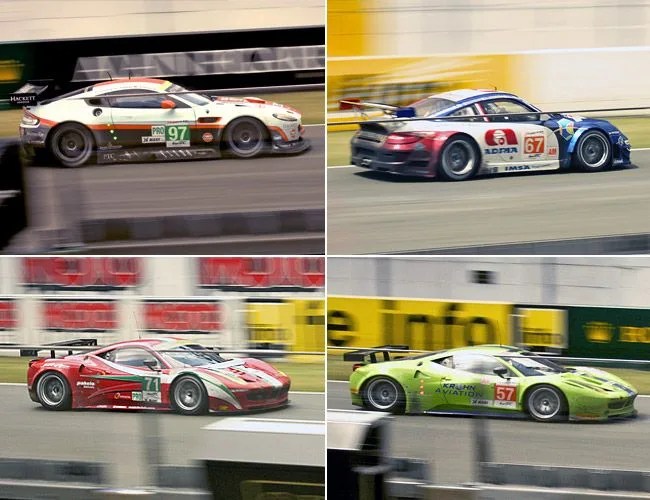
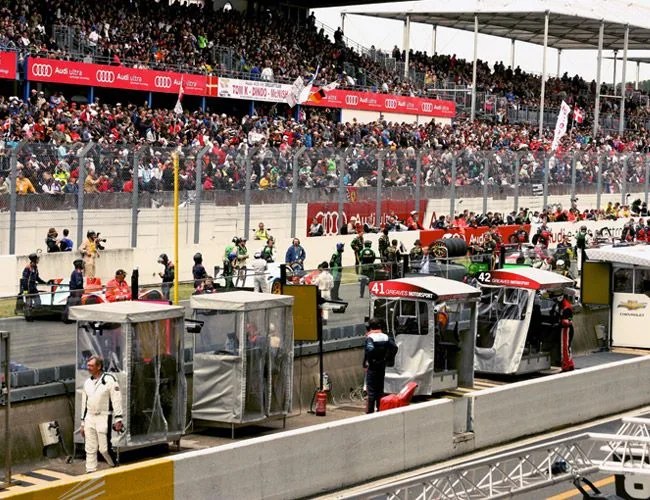
The pre-race sights are enough to get a car enthusiast’s heart all aflutter.
Le Mans defies simple definition. The race is held in June and begins on a Saturday afternoon, spanning through the night and ending on Sunday. Teams cover insane distances of over 3,000 miles at speeds up to 200mph during the 24-hour race. For reference, New York City to Los Angeles is 2,462 miles — and there’s no stops for Corn Nuts. Due to sheer length of the competition, seemingly basic aspects of racing like tires and fuel play a huge role in the success or failure of a team; judging when to pit for fuel or tire changes must be given the utmost attention by a team’s engineers.
It’s like driving in the fastest traffic jam on the nastiest highway you’ve ever seen… for one day straight.
If the drive wasn’t torturous enough, drivers are also encased in an automotive oven wearing a nomex fire-retardant full-body racing suit, ankle high nomex-lined racing shoes, full-fingered gloves and a full-face helmet. Derek Bell, a five-time Le Mans winner, lost fourteen pounds during a Le Mans race from sheer physical effort (a fact that brings to mind musings of the prospect of “The Le Mans Diet” book).

